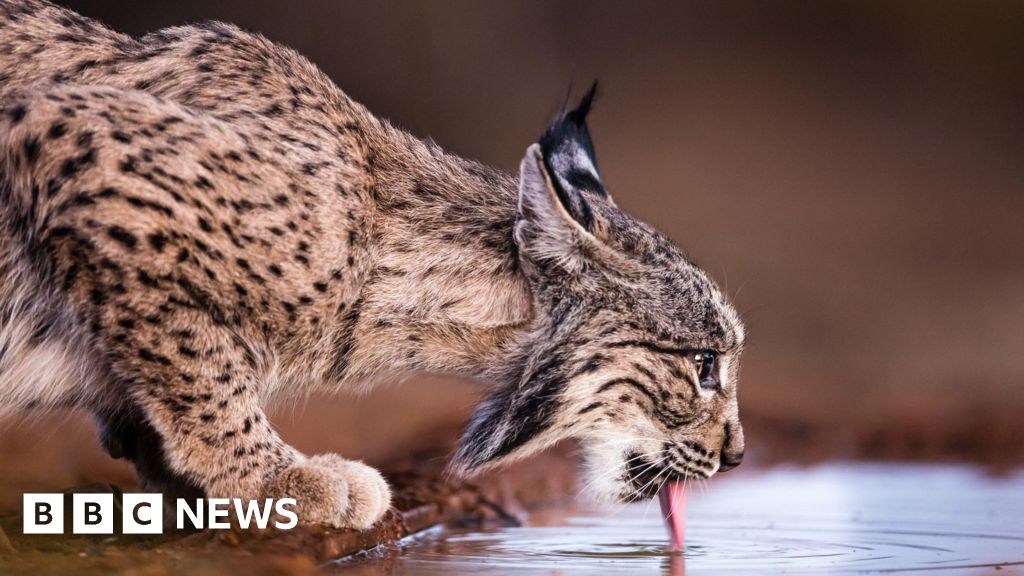- cross-posted to:
- [email protected]
- cross-posted to:
- [email protected]
unfortunately some local governments are already pushing back to its continued reintroduction. Some have even said that now that it’s has been declassified as endangered “there is no need for further reintroduction efforts”.
These fellas are no kitties
They are kitties, but very spicy.
Not sure if it’s very, maybe slightly? They’re not cuddle kitties, but neither are they murder kitties.
They will definitely eat a small mammal, tho. They are bunnie specialisrs.
Kitty with very murderous mittens
Somehow I think the whole planet is endangered …
🤖 I’m a bot that provides automatic summaries for articles:
Click here to see the summary
One of the world’s rarest cats, the Iberian lynx, is no longer classed as endangered, according to a report by the International Union for Conservation of Nature (IUCN).On Thursday the IUCN, which categorises species according to the level of risk they face in a “red list”, bumped the Iberian lynx from “endangered” to “vulnerable” after a significant surge in numbers.
As the name suggests, the wild cat species calls the Iberian region - Spain and Portugal - home.
Of those, 13 were located in Spain and one in Portugal.The wild cat used to be common across the whole of the Iberian Peninsula, but from the 1960s its numbers plummeted.
Habitat loss, poaching and road accidents all helped to push the species to the brink of extinction.Now, the cat is coming back.The increase is largely thanks to conservation efforts that have focused on increasing the abundance of its main food source - the also endangered wild rabbit, known as European rabbit.
Programmes to free hundreds of captive lynxes and restoring scrublands and forests have also played an important role in ensuring the lynx is no longer endangered.Francisco Javier Salcedo Ortiz, a coordinator responsible for leading the conservation action, described it as the “greatest recovery of a cat species ever achieved through conservation”.Mr Ortiz said there was still “a lot of work to do” to ensure the animals survive and the species can recover.
Threats include diseases from domestic cats and the wild rabbits it feeds on, as well as poaching and road kill.Established in 1964, the IUCN’s red list of threatened species has evolved to become the world’s most comprehensive information source on the global conservation status of animal, fungi and plant species.
Saved 28% of original text.



